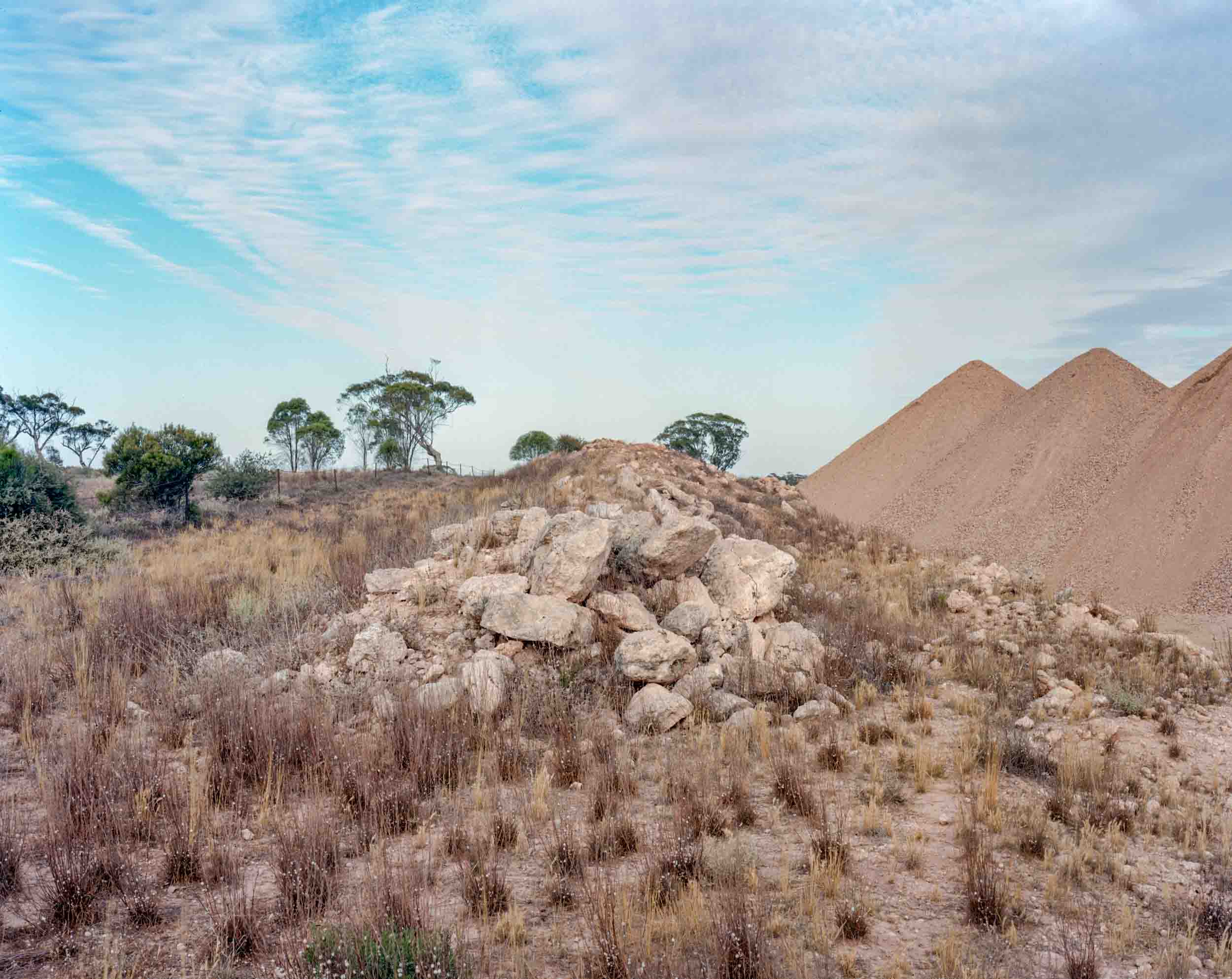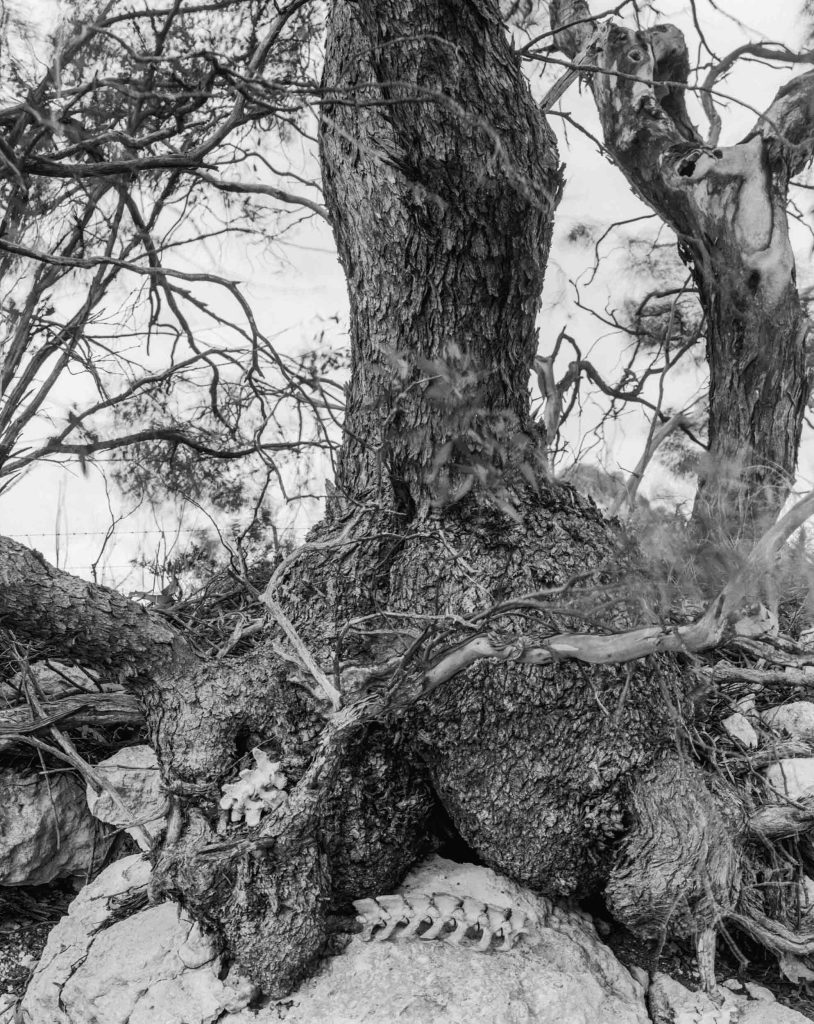I was primarily looking for traces of aboriginal history and the first peoples colonial encounters with the white settlers in this part of the mid-north that lies to the west of the Tothill Ranges. I presume the pre-colonial landscape would have been grassy woodland (peppermint gums?) and open grasslands, and it was the country of the Ngadjuri people.
They were dispossessed of their traditional lands as the white colonisers (pastoralists) took over their water and land resources from the early 1840’s. By 1900 the Ngadjuri people had largely disappeared from the mid-north and their language and culture was lost to history.

The new colony of South Australia, which was to be based on the British conception of an ordered society, was founded on violence. The South Australian Colonisation Act, which was passed by the British Parliament in 1834, declared the lands of the new colony to be ‘waste and unoccupied’. The Act’s clear denial of the Aborigines’ rights to land, was modified by the Letters Patent (1836), which recognised the prior rights of the Aborigines to the land, guaranteed that ‘any lands now actually occupied or enjoyed by [the] Natives would not be alienated’, and that any land opened up for public sale had to be voluntarily ceded and fairly purchased from the Aborigines.
The Letters Patent was ignored in the new settler colony. The lands were declared open for public sale and no attempts were made to negotiate with the aboriginal people for the voluntary transfer of their lands. It was the settler state that denied citizen and subject status to Indigenous people , whilst British law failed to punish settlers for their violent acts against Aboriginal people. There was a history of settler secrecy and solidarity and British law worked to protect settler interests and establish settler sovereignty.
I was interested in this forgotten history as the Ngadjuri people had won a native title claim over 15,000 square kilometres encompassing Kapunda, Burra, Clare, Orroroo, Peterborough and Yunta in 2023 that had been first filed in 2011. This result indicates that European colonialism triggered a set of responses which speak of Aboriginal agency, adaptation and survival based on riding the shocks and trauma of white colonialism.
So what was the history of Aboriginal‒European confrontation in the mid-north’s frontier? There were a number of massacres in this region as I had suspected. Some of the locations are known even though the historical details are sparse. My question was: were there any traces of the colonial encounters in the present? I didn’t find any traces on this trip. There were grave stones for white settlers but none for the Ngadjuri people they killed.
So how do you photograph what no longer exists and yet is the spectre that haunts our present? The process of haunting means that the past is inside the present.

When I camped overnight in the Claypans and Copeville region of the SA Mallee I made an initial and crude attempt at hauntology (Jacques Derrida) using a 5×4 Sinar F monorail whilst inside an old rubbish pit on the side of the road.
Upon returning to the studio I did some research. Derrida held that hauntology describes the haunting of a historicised present by spectres that cannot be ‘ontologised’ away. This challenges the basic binary oppositions like ‘alive / dead’, ‘present / absent’ and ‘past / present’ and so spectres are ‘deconstructive’ in relation to white colonial history.
This suggests that a more sophisticated interpretation to hauntology would be to construct an image that has two layers: the second layer deconstruct the first layer with the latter only being seen through the medium of the second layer. I’m not sure how to do that in relation to our white colonial history.

